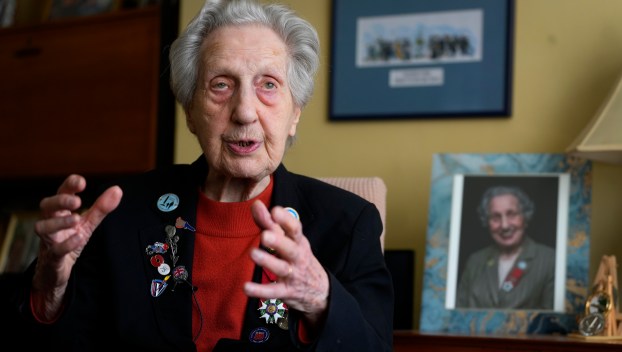Editorials
(Our View) Unprecedented times merit reflection
June 6 marks 80 years since Allied troops bravely stormed the 50-mile stretch of beach in Normandy, France ... Read more
June 6 marks 80 years since Allied troops bravely stormed the 50-mile stretch of beach in Normandy, France ... Read more

LONDON (AP) — What did you do in the war, Granny? For British women who came of age ... Read more